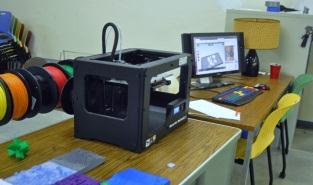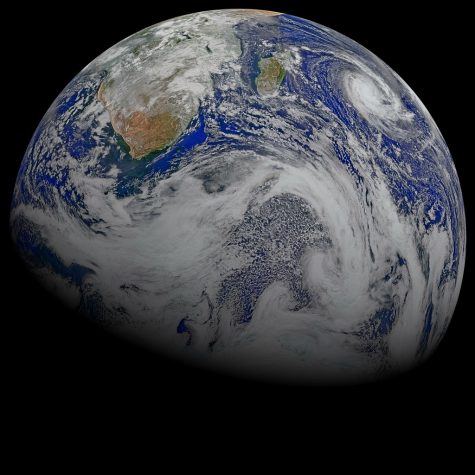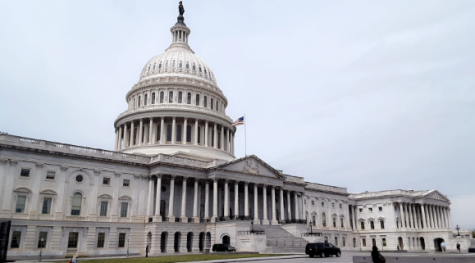Why 3D printing can revolutionize industry

3D printing has been around for over 30 years. The innovative invention can bring your imagination to life. Innovations have been seen in hospitals and food industries. Image by Max Fritzhand
Imagine if you were able to craft anything from nothing. With new technology arising in the printing field it is possible. From printing Vincent Van Gogh’s ear to printing a gun, anything is virtually possible.
Printing with paper is a custom for every individual that has used a printer. Materials like metal, plastic, and chocolate are just some resources being implemented into today’s printing world. These special printers can produce mass amounts of elegant objects in a short period of time.
“I bought a 3D printer kit off Amazon. It’s helped me build cool stuff,” junior Pierre De Busco said.
The first 3D printer was made in 1981 for companies. Innovated people recently brought multiple types of 3D printers to the market of consumers, and it was a huge success. 3D printer company, MakerBot, is widely known in the industry and at universities for its plastic printing bot.
Operating a 3D printer is no easy challenge. A finished prototype designed on the computer is the first step toward your creation. Following that, you would send your prototype to the printer. The printer detects the file, and goes to work on creating a file.
“Not every software works for it. I have to use special software to create prototypes,” senior Gian Carlo Valli said.
Time is the current issue in 3D printing. It takes hours just to print a scale sized iPhone, depending on the model. Each material has different durations of how long it will take to get done.
In the food industry, printing has been used to create complex geometrical candies. Combining meat with stem cells can artificially create modified lean meat. This advancement in technology is able to save millions of animals per year that are slaughtered.
“I was watching this commercial on the Food Channel, and one of the chefs was using this machine to make food,” freshman Rishav Dasgupta said.
In the hospital, doctors can print compatible organs for patients. This will prevent the need for organ donors that are a necessity for traditional hospitals.










